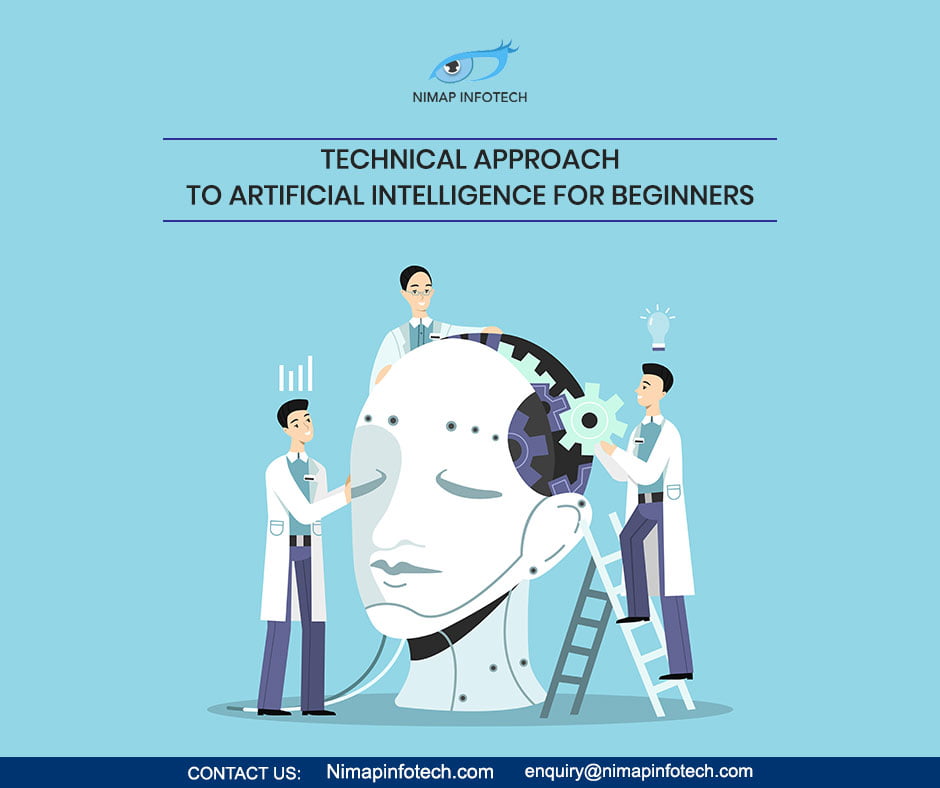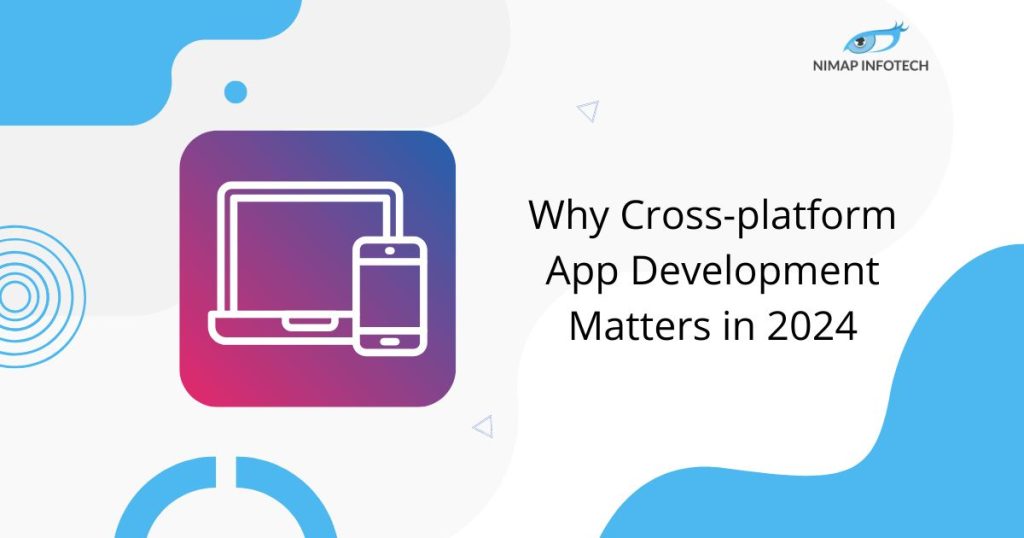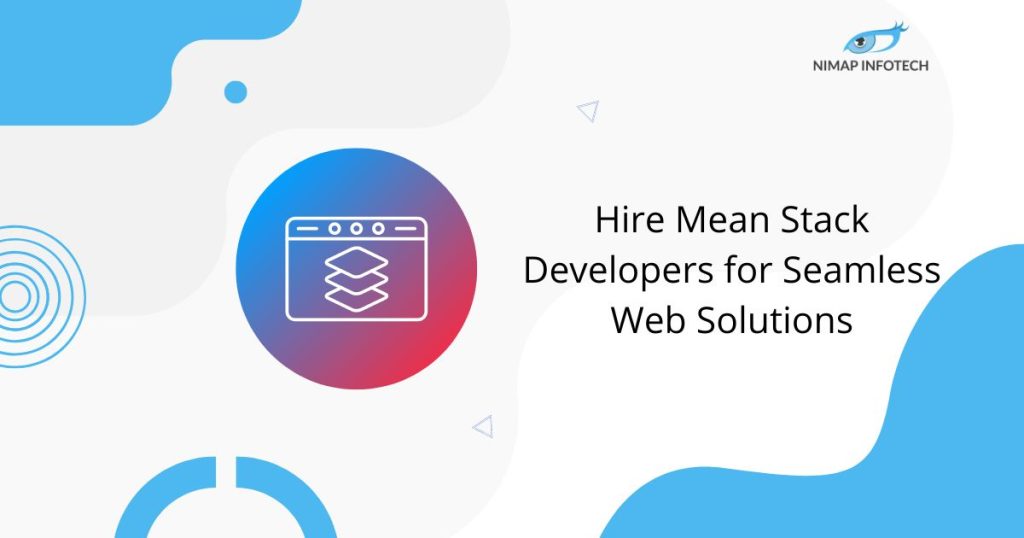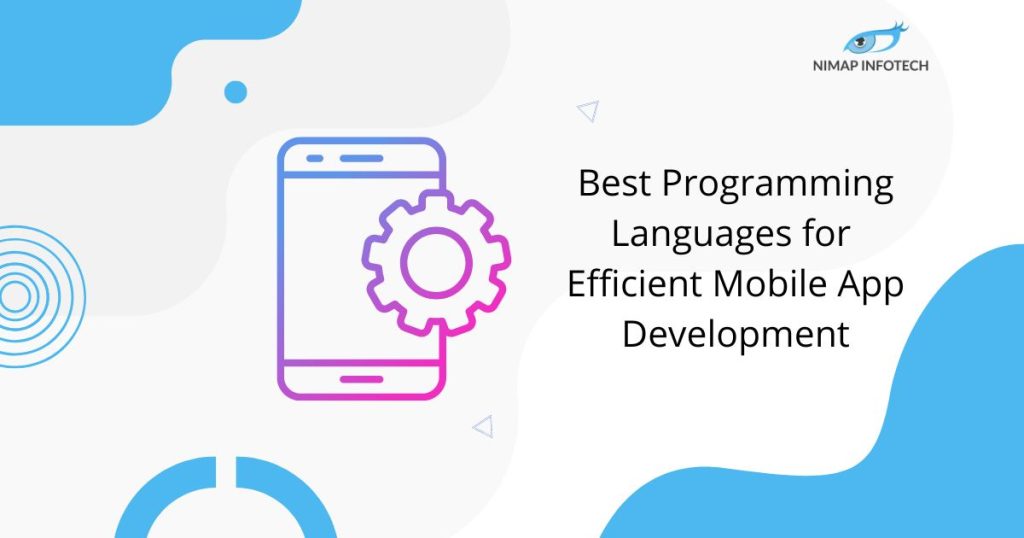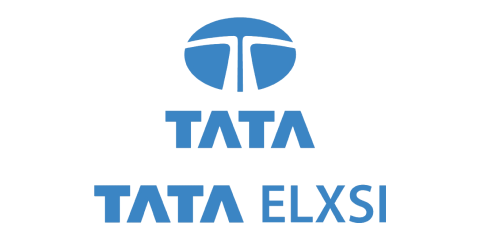[yasr_overall_rating] Over 340 people have rated [5/5]
Artificial Intelligence has given numerous advantages in this computer age. In this article, we will see what is artificial intelligence and what drives it. How it will impact the digital revolution ahead.
What is Artificial Intelligence?
Artificial Intelligence is the ability given to any machine to perform cognitive functions such as perceiving, learning, solving problems as well as reasoning. These machines are said to have AI built into them.
Artificial Intelligence exists when a machine is said to have the cognitive ability. The proposed benchmark for a machine to have AI is the human level of reasoning, speech as well as vision.
Introduction to Artificial Intelligence Levels:
There are three basic levels for Artificial Intelligence:
1) Narrow AI: Artificial intelligence is said to be narrow when the machine is able to perform a particular task better than a human being. The current research of Artificial Intelligence is here now.
2) General AI: Artificial Intelligence reaches the general state when the machine is able to perform an intellectual task with the same accuracy level as a human would.
3) Strong AI: Artificial Intelligence is said to be strong when a machine can beat humans in many tasks.
Nowadays Artificial Intelligence is being used in almost all industries and has been giving a technological advantage and edge to all the companies integrating AI at a scale. According to McKinsey, AI has the avid potential to create 600 billion dollars in value for the retail sector, bring 50% more incremental value in banking as compared with other analytical techniques. In the transportation and logistics sector, the potential revenue jump is 89% more.
Subsequently, if an organization uses AI for its marketing activities, it can very well automate many of the mundane as well as repetitive tasks, allowing sales representatives to focus on tasks like relationship building, lead nurturing, and many more such tasks. An organization named Gong provides a conversation intelligence service. Each time a sales representative makes a phone call the machine records transcribes and analyses the chat. The VP can use AI analytics and recommendations in order to formulate a winning strategy.
In short, AI provides a cutting edge technology to deal with complex data which can be impossible to handle by a human being. AI automates redundant jobs and allows a worker to focus on the high level, value-added tasks. When an organization implements AI on a scale, it leads to cost reduction and revenue increase.
History related to Artificial Intelligence
Artificial Intelligence has become a buzzword today, this term is not new. In 1956, experts from different backgrounds decided to organize a summer research project on AI. Four bright minds lead the project John McCarthy (Dartmouth College), Marvin Minsky (Harvard University), Nathaniel Rochester (IBM), and Claude Shannon (Bell Telephone Laboratories).
The primary purpose for this research project was to tackle and use “every aspect of learning or any other feature of intelligence that can in principle be so precisely described that a computer machine can be made to simulate it.”
The proposals of the summit included
- Automated computers
- How a computer can be programmed to use a language?
- Neuron nets
- Self-Improvement
It led to the birth of the idea that intelligent computers can be created. A new era began, that was full of hope- Artificial Intelligence.
Know More: Artificial Intelligence on smartphones – why it’s important
Types of Artificial Intelligence
Artificial Intelligence can be divided into 3 sub fields.
- Artificial Intelligence
- Machine Learning
- Deep Learning
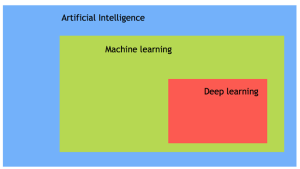
Machine Learning
Machine Learning is nothing but an art of study of algorithms that is able to learn from experiences and examples.
Machine Learning is based completely on the idea that there are some patterns that exist in the data that were identified and used for future predictions.
The difference shown in hard-coding rules is that the machine learns on its own to find such rules.
Deep Learning
Deep Learning is a subfield of Machine Learning. Deep learning does not mean that the machine learns from more in-depth knowledge. It means that the machine uses different layers to learn from the data. The depth of the model is represented by the number of layers in order to learn from the data. For example, Google LeNet model for image recognition counts 22 layers.
In deep learning, the learning phase is conducted by using a neural network. A neural network is nothing but an architecture where the layers are stacked on top of each other.
AI vs Machine Learning
Most of our smartphones, even daily use devices or even the Internet uses Artificial Intelligence.
Very often, AI and Machine Learning can be used interchangeably by big organizations that want to announce their latest innovations. However, Machine Learning and AI are different in many deemed ways
AI is the science of training and developing machines to perform human tasks. The term was invented in the 1950s when the scientists began exploring how computers could solve problems on their own.
Artificial Intelligence is nothing but a computer that is given human-like properties. Take our brain, for example, it works tirelessly and seamlessly to calculate the world around us. Artificial Intelligence is the concept that a computer can mimic human behaviour. It is said that AI is the largest science that is able to mimic human aptitudes.
Machine Learning is a different subset of AI that trains a machine on how to learn. A machine learning model looks for patterns in the data and tries to conclude. In a nutshell, the machine does not need to be explicitly programmed by the people. The computer is given some examples and the computer learns what to do from those samples.
Read More: AI and Android App Development
AI has broad applications-
- Artificial intelligence is used to reduce or avoid the repetitive task. For instance, AI can repeat a task continuously, and tirelessly. In fact, AI never rests, and it is indifferent to the task to carry out
- Artificial intelligence improves an existing product. Before the age of machine learning, core products were building upon hard-code rule. Firms have introduced artificial intelligence in order to enhance the functionality of the product instead of starting from scratch to design new products. You can think of a Facebook image. A few years ago, you needed to tag your friends manually in the photo. Nowadays, with the help of AI, Facebook gives you a friend’s recommendation.
Conclusion:
AI will continue to dominate the world helping humans to solve the day to day challenging tasks with ease. AI is developed and is continuing to be developed for the sole purpose of augmenting our lives and amplifying our productivity and tasks multiple folds.
We hope you understood the sole purpose of Artificial intelligence and why it is being used to help human lives achieve their goals. If you want to hire Artificial intelligence Developer you can contact Nimap Infotech by sending an email at enquiry@nimapinfotech.com
